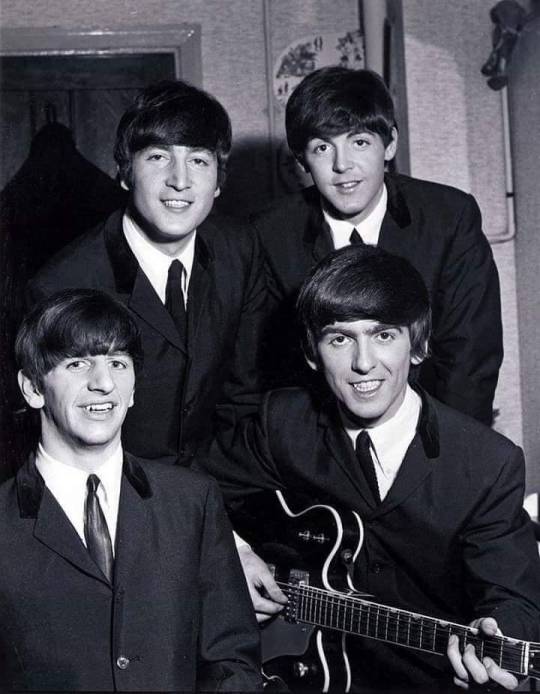Historical things that interest me. (Right now, it's primarily the Edwardian Era, WWI, and the 1950s) |---| They/them , history student
Don't wanna be here? Send us removal request.
Photo

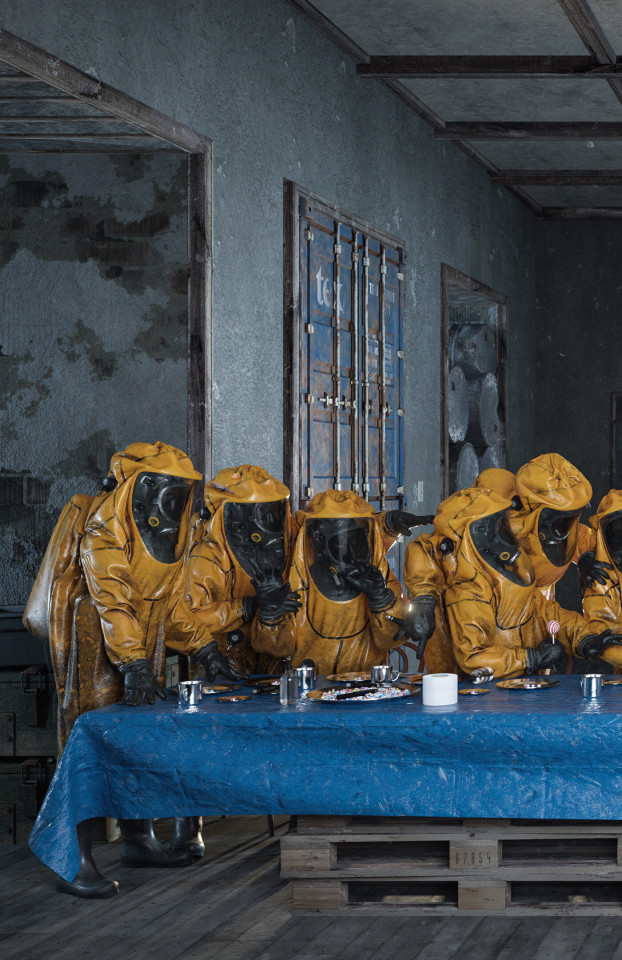
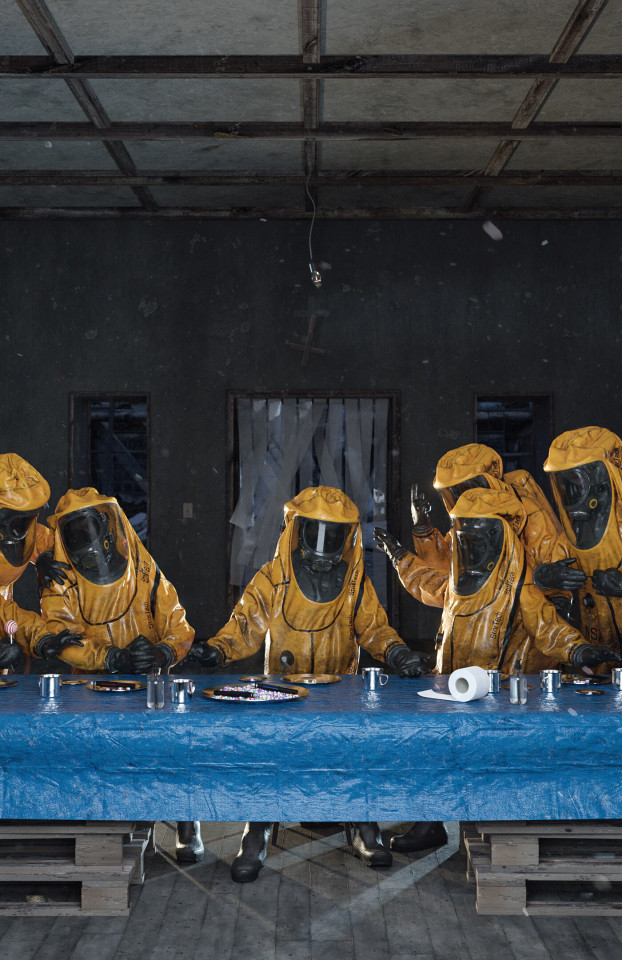
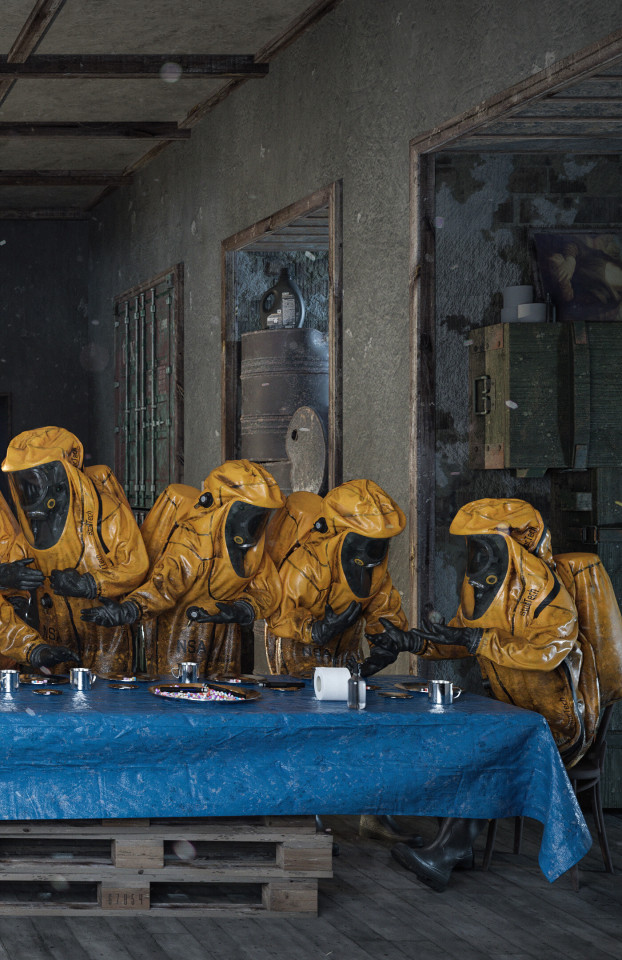
“The Last Supper" ☢️ (Details) by Adam Skovran
8K notes
·
View notes
Text
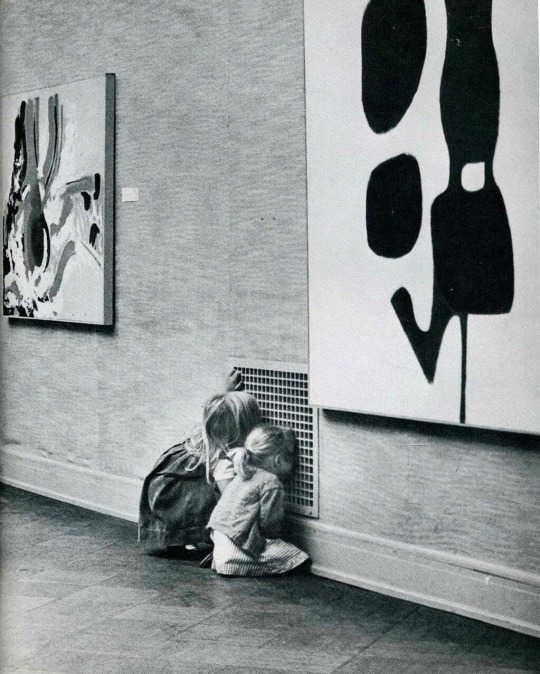
At the San Francisco Museum of Modern Art, 1963. Photo credit: Herb Slodounik.
619 notes
·
View notes
Photo


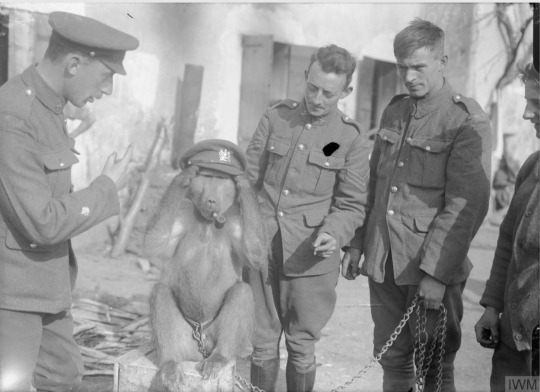
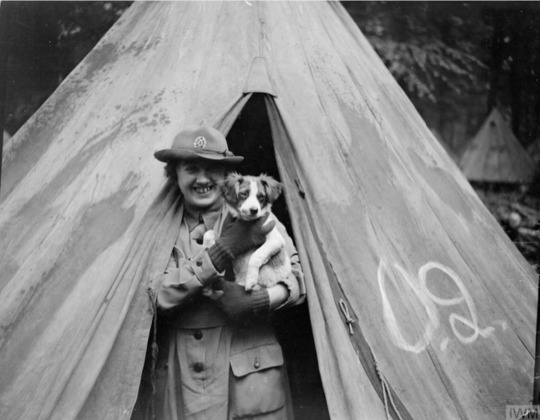


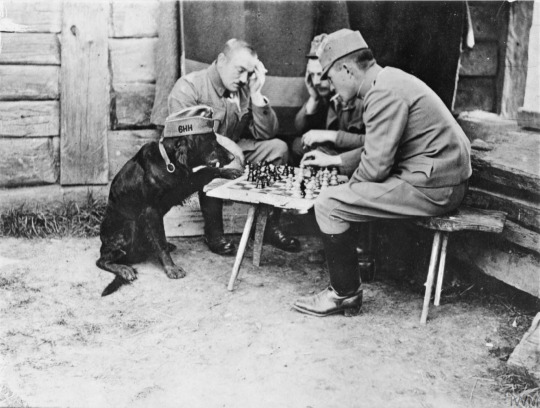

Throughout the first world war, pets and mascots could be found on both sides to raise moral.
These animals also created better senses of community for people that may not share much else in common, as now they had a common goal that was not to fight but to care for a creature much more innocent than they had been forced to be.
The WWI pets and mascots gave comfort and companionship.
Dogs and cats were the most common pets and mascots but there were others; such as horses, goats, rabbits, birds, and more. Pets were also still kept at home, as those missing human companionship found equivalents.
Animals also had more functional uses, although that’s for another post. The most common examples are horses and pigeons/doves.
Horse riding still happened at war for fun though. Corps would hold annual horse shows that nurses and soldiers and all alike could watch.
-------------
Photo descriptions (including soldiers countries) attached to image captions
Photo credits: Imperial War Museums
#wwi#wwi era#ww1#ww1 history#history#historical#historical photos#ww1 era#world war one#world war 1#animals#pets#black and white#war mention tw#tw war
12 notes
·
View notes
Text
Some more pictures of Clotilde d’Arc,


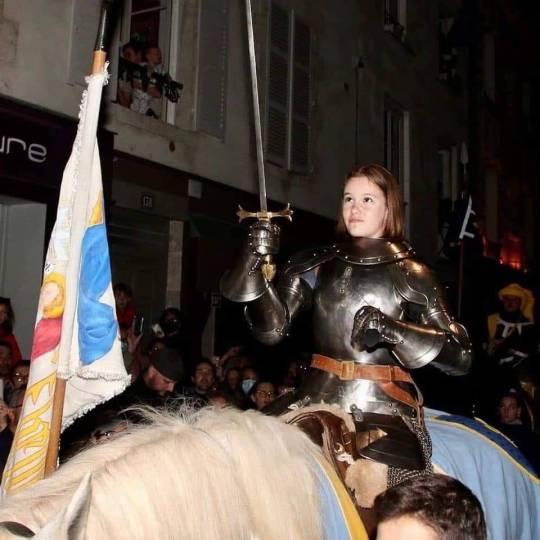

"The festivities of Saint Jeanne d’Arc in Orleans, this year.
The girl chosen to represent Jean d’Arc was Clotilde d’Arc, a direct descendant of Saint Jeanne d’Arc’s brother, 600 years ago."
29K notes
·
View notes
Text

The Evansville Courier, Indiana, January 4, 1923
1K notes
·
View notes
Photo
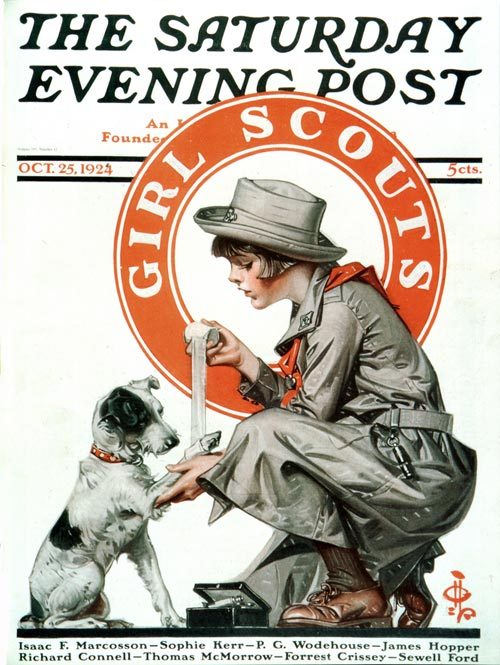
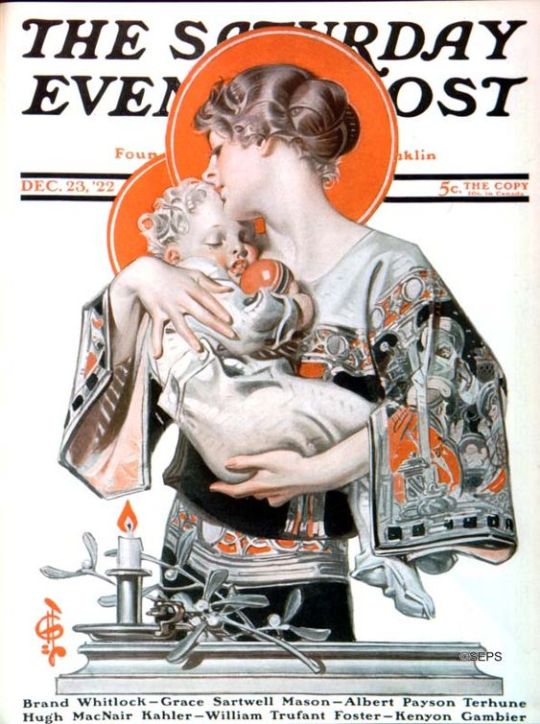
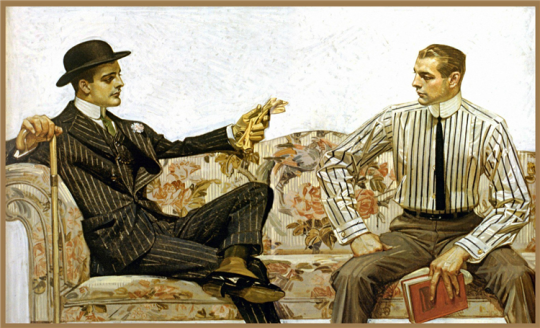



Joseph Christian Leyendecker (1874 - 1951)
JC Leyendecker was a German-born artist that found a lot of his fame in the 1920s. He played a big part in modern paper advertising and also helped create American recruitment posters during the first world war.
On may 20 1899, he recieved his first commission for a Saturday Evening Post cover. He would go on to produce 322 covers for the magazine,
Leyendecker’s work could feature homoerotic undertones that may have been missed one hundred years ago. A piece I like that exemplifies this best is,

The nurse affectionately looks to the officer beside her, perhaps glancing not at his eyes but lower than that. But his attention isn’t on her, it’s to the man leaning back on the railing that shares a glance with him.
However, it was common in art and adverts of the time for a mans gaze to go past a woman. (But one can’t deny the fact that Leyendecker’s partner was Charles Beach).
#jc leyendecker#1920s art#history#joseph christian leyendecker#saturday evening post#painting#illustration#starting with this bcus ive used him for my icon :)#historical art
100 notes
·
View notes
